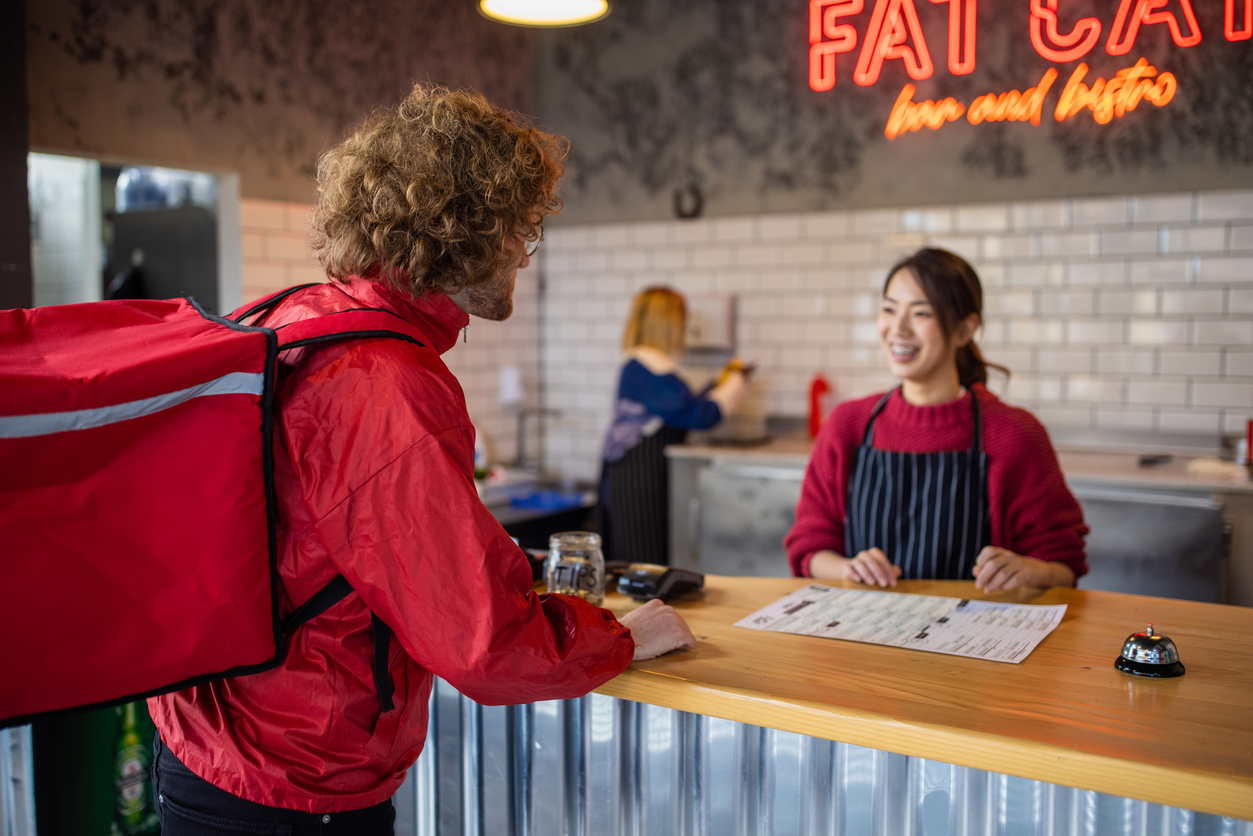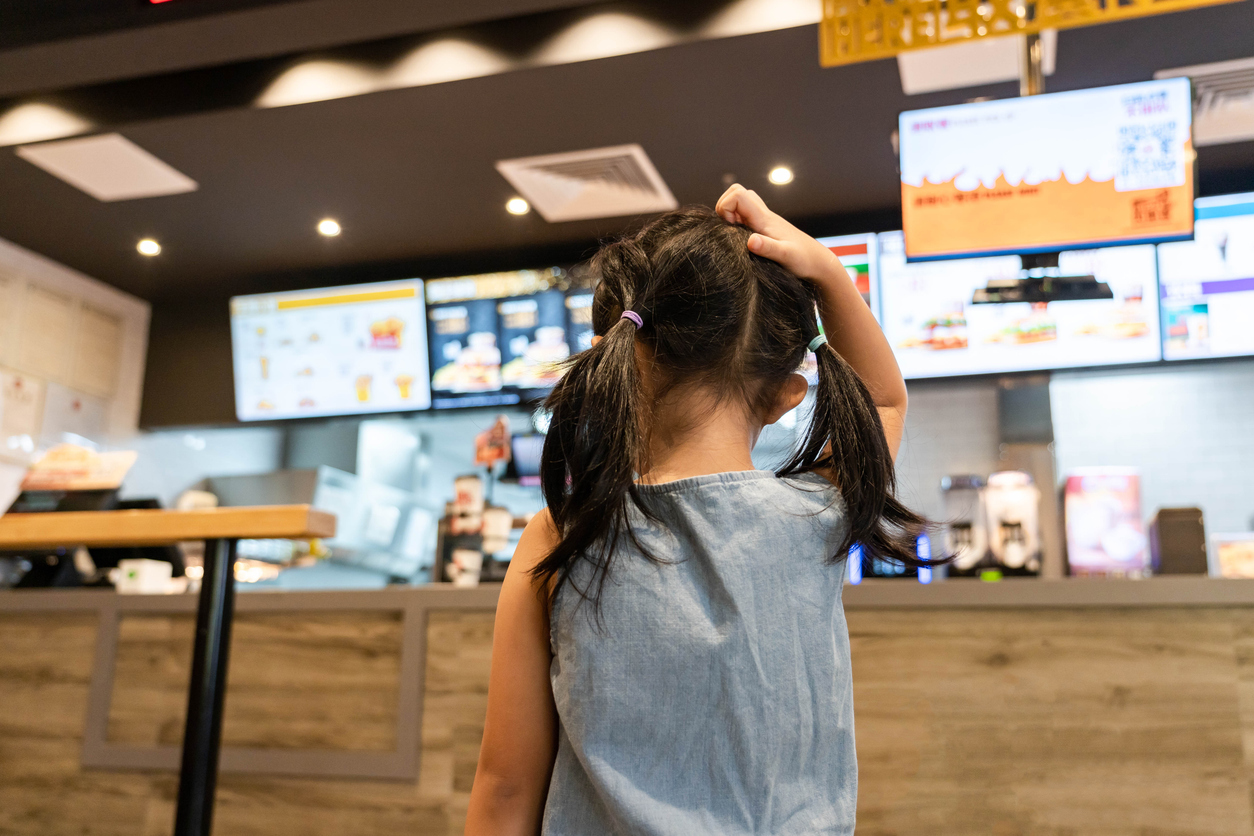Digital-only restaurants offer a new, innovative approach to how we experience food. These locations operate entirely online, bypassing traditional dining rooms and physical spaces. Perfect for cities and people on the go, these concepts truly show how technology is reshaping our consumption habits. Let’s explore the operational models of digital-only restaurants, their benefits and challenges, and their impact on the future of dining.
What Is A Digital-Only Restaurant?
A digital-only restaurant exclusively fulfills online orders and doesn’t have a physical dining space. These locations focus on delivery and pickup orders, where customers order and pay on the brand’s app or website before they arrive. Because digital-only restaurants don’t need seating, they’re able to occupy smaller storefronts and utilize streamlined menus to reliably serve more customers per day.
Core Components Of Digital-Only Restaurants
The success of digital-only restaurants relies on key parts working together to create a great experience for employees and customers. The core components include:
Online Ordering System
Without online ordering enabled, digital-only locations can’t operate as intended. Having a well-designed and intuitive ordering site or app is crucial to attracting customers and driving sales. Customers should be able to customize their orders, specify delivery or pickup preferences, and checkout as quickly as possible with a variety of payment options.
Menu Development
Digital-only restaurants need to curate their menus to appeal to their target audience while considering factors like seasonality, food trends, and dietary preferences. High-quality images and detailed descriptions are essential to entice customers and help them make informed decisions.
Integration With Delivery Platforms
Seamless connectivity with services like Uber Eats, Grubhub, or DoorDash expands the restaurant's reach. This integration streamlines the ordering and delivery process, ensuring that orders received through these platforms seamlessly flow into the restaurant's system. Real-time updates on order status and delivery tracking enhance customer satisfaction and trust in the brand.
Kitchen Operations
Optimizing workflows and processes is crucial to meeting the demands of a potentially high volume of online orders. This includes inventory management, prep lists, and order prioritization to ensure timely and accurate order fulfillment. Kitchen staff must be well-trained to handle digital orders with minimal errors and ensure they can operate effectively in a small space.
Factors Contributing To Digital-Only Restaurants
As online ordering has increased in popularity, digital-only restaurants emerged, offering more convenient experiences and shortened wait times.
Consumer Behavior
Modern consumers are increasingly relying on digital platforms for their daily needs, including food. The convenience of ordering through apps or websites, coupled with the ability to customize meals and track orders in real time, resonates well with this tech-savvy demographic.
Analyzing Cost Dynamics
Traditional brick-and-mortar establishments face high overheads, such as rent, utilities, and staffing. In contrast, digital-only models eliminate the need for physical storefronts, reducing operational expenses significantly. By building these locations on smaller footprints, brands can operate with leaner cost structures while maintaining quality and variety in their offerings.
Technological Advancements
From sophisticated ordering apps and customized kiosks to AI-driven menu recommendations and digital menu boards, technology enhances every aspect of the customer journey. Mobile apps enable seamless ordering and payment processes, while data analytics provide valuable insights into customer preferences and trends.
Brand Innovation
Brands such as Starbucks have launched pickup-only locations as a way to increase location density in urban areas while managing costs. Their increase in popularity among consumers shows that many people prefer having the option to grab their order and leave quickly instead of waiting in long lines or sipping their coffee at the store. With features like pre-ordering and delivery, they cater to busy and tech-savvy individuals.
Benefits Of Digital-Only Restaurants
The shift towards digital-only models offers many advantages that are reshaping the way we think about dining experiences.
Lower Overhead Costs
The benefit of smaller store footprints and lower physical costs is an attractive proposition for entrepreneurs looking to enter the food industry. Unlike traditional restaurants, digital-only establishments do not require a large dining space or additional staff for table service. This translates to lower overhead costs and allows businesses to invest more in their online presence and marketing efforts.
Flexibility And Scalability
Digital-only restaurants offer unmatched flexibility and scalability. Owners have the freedom to experiment with different menu items, cuisines, and concepts without the constraints of a fixed physical space. This agility allows for quick adaptation to changing trends and customer preferences.
Reduced Risk
Digital-only locations mitigate risks associated with traditional dining establishments. With reduced overhead, owners are less vulnerable to external factors such as changing foot traffic patterns or economic downturns in specific areas. Additionally, the ability to collect and analyze data from online orders provides valuable insights into customer preferences, allowing for data-driven decisions on menu offerings and marketing strategies.
Addressing Obstacles Within Digital-Only Restaurants
Despite their convenience, there are still challenges.
Dependence On Delivery Platforms
Digital-only restaurants often heavily rely on third-party delivery platforms for reaching customers. While these platforms offer wide-reaching exposure, they come with hefty commission fees that can eat into profits. To mitigate this, restaurants can consider a multi-platform approach, negotiating commission rates, or even developing their own delivery infrastructure for better cost control.
Ensuring Food Quality And Timeliness
Maintaining food quality and timely delivery presents a unique challenge for digital-only restaurants. Unlike traditional dining establishments, where food is served fresh from the kitchen, delivery orders face the risk of quality degradation during transit. To combat this, meticulous packaging that preserves freshness and optimizing delivery routes for efficiency are crucial.
Potential Technical Issues And Maintenance Concerns
The digital nature of these restaurants opens them up to a host of technical issues, from app crashes to payment processing hiccups. Regular maintenance of digital platforms and swift responses to customer complaints are essential. Investing in reliable tech support and ensuring seamless integration between ordering systems and kitchen operations can minimize disruptions.
Future Of Digital-Only Restaurants
The rise of digital-only restaurants is showing no signs of slowing down, with more and more people opting for the convenience and ease of online ordering. This trend is expected to continue in the future as technology continues to advance and consumer behaviors shift towards a more digital-focused lifestyle.
Incorporating Technology To Boost Productivity
Digital-only restaurants are at the forefront of leveraging technology to streamline operations and enhance customer experiences. From automated ordering systems to AI-driven menu recommendations, technology is woven into every aspect of these establishments. In the kitchen, robotics and automation are revolutionizing food preparation, reducing human error, and increasing efficiency. Automated cooking processes ensure consistency in taste and quality, while chefs focus on creativity and innovation.
Making Sustainability A Fundamental Value
With a growing global focus on sustainability, digital-only restaurants are leading the charge by making eco-conscious practices a core value. From sourcing local and organic ingredients to minimizing food waste, these establishments are committed to reducing their environmental footprint.
Hybrid Models And Experiential Dining
It creates immersive dining experiences that blend the virtual and physical worlds. Hybrid models that combine online ordering with physical dining spaces are gaining popularity. Customers can enjoy the convenience of ordering from an app and then choose to dine in a sleek, tech-infused restaurant environment.
Digitize Your Restaurant With Checkmate
Embracing digital solutions in the restaurant industry is now a necessity for success, not just a luxury. Checkmate provides a clear path to streamline operations, enhance customer experiences, and maximize profitability. With our comprehensive platform integrating online ordering, delivery management, and data analytics, Checkmate empowers restaurants to thrive in today's competitive landscape. Contact us to learn more!





